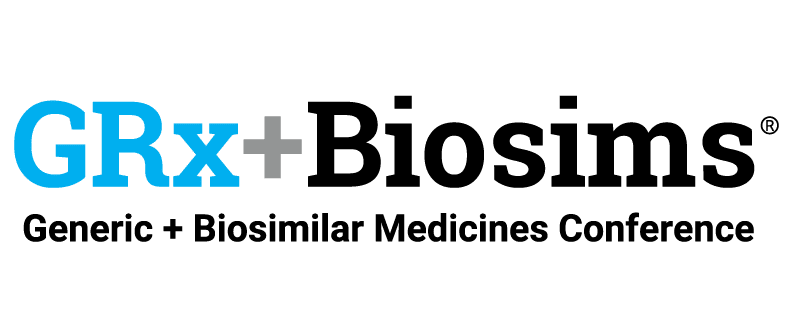Biosimilar developers must combat several obstacles in bringing a product to market, including patent litigations like this, while brand companies often create these obstacles to thwart competition and keep biosimilars off the market. These activities limit the ability of biosimilars to reach the market in a timely manner and ultimately hurt patients.
Brand-name biologics are the most significant driver of prescription drug spending in the United States. Since 2014, brand-name biologic drugs have accounted for more than 90 percent of prescription drug spending growth. They now account for 47 percent of total prescription drug spending. This burden is disproportionally shouldered by taxpayers and the federal government. Patients are paying more for their medicines even when lower-priced FDA-approved generics and biosimilars are available.
Unfortunately, many biosimilar medicines are not available to patients even after they have successfully navigated the regulatory process to obtain FDA approval. In fact, although 28 biosimilars have been approved by the FDA, only 17 are currently commercially available. This is a direct result of the patent schemes used by some brand-name pharmaceutical companies to maintain their lucrative product pricing monopolies beyond the period Congress deemed reasonable.
Recent years have witnessed efforts by some brand-name pharmaceutical companies to accumulate dozens of patents near the end of the product lifecycle under the guise of “innovative” processes or development that warrant additional protections. In many cases, these late-stage patents are filed when there have been no changes made to the product manufacturing process or the underlying product itself. Under this scheme, some brand-name pharmaceutical companies prolong a brand-name biologic’s monopoly pricing and delay patient access to more affordable, FDA-approved biosimilar medicines.
These patent thickets chill competition by discouraging biosimilar competitors from entering a market because of the exorbitant cost of litigating meritless patents. A biosimilar treatment cannot come to market until this litigation has been resolved.
The lost savings from the failure of biosimilars to attain market share could be used more efficiently to promote better patient care and advances in health care innovation, as well as used to lower health care costs. Additionally, given these barriers, incentives are needed to ensure this innovative class of medicine flourishes. Policymakers must take steps to ensure the viability of this market for America’s patients. Without competition from biosimilars, brand-name biologics will continue to drive up prescription drug spending at an unsustainable rate and keep life-altering treatment out of the hands of patients.
About the Biosimilars Council
The Biosimilars Council, a division of the Association for Accessible Medicines (AAM), works to ensure a positive environment for patient access to biosimilar medicines. The Biosimilars Council is a leading source for information about the safety and efficacy of more affordable alternatives to costly brand biologic medicines. Areas of focus include public and health expert education, strategic partnerships, government affairs, legal affairs and regulatory policy. More information is available on our about page.
About AAM
AAM is driven by the belief that access to safe, quality, effective medicine has a tremendous impact on a person’s life and the world around them. Generic and biosimilar medicines improve people’s lives, improving society and the economy in turn. AAM represents the manufacturers and distributors of finished generic pharmaceuticals and biosimilars, manufacturers and distributors of bulk pharmaceutical chemicals, and suppliers of other goods and services to the generic industry. Generic pharmaceuticals are 90 percent of prescriptions dispensed in the U.S. but only 23 percent of total drug spending. Additional information is available at www.accessiblemeds.org.
